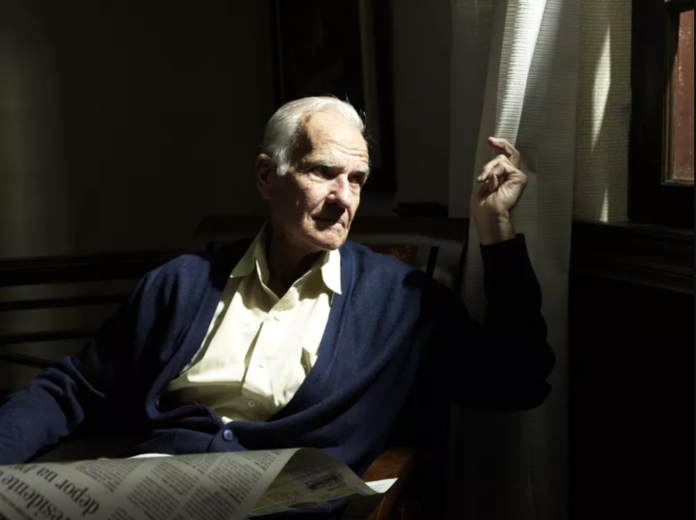Social anxiety disorder later in life can be severely debilitating. When coupled with other physical and mental health issues, it can lead to much lower quality of life for older adults.
Prevalence of Social Anxiety in Older Adults
Between 5 percent and 10 percent of older adults have anxiety disorders in general, and they tend to be about twice as common in women as in men. In fact, anxiety disorders have been shown to occur twice as frequently in older adults as depression.
Who gets anxiety disorders among older adults? Those with the following characteristics are more likely to suffer from anxiety:
- Lower education level
- Unmarried
- Three or more chronic conditions
- Having suffered from a stressful event such as the death of a spouse
Outcomes of Social Anxiety in Older Adults
Anxiety in older adults has been shown to be associated with the following:
- More medically unexplained symptoms
- Chronic illness
- Physical disabilities
- Low physical quality of life
Older people with social anxiety may also be less independent and place a larger burden on their families. They may have all of the following:
- Lower life satisfaction
- Impaired memory
- Increased loneliness
Treatment of Social Anxiety Disorder in Older Adults
Treatment of social anxiety disorder in older adults follows much the same course as that for younger individuals.
Treatment of SAD may be complicated in older adults because of depression, other medical problems, and medication compliance.
For example, you may forget to take your medication because of cognitive deficits or confusion related to multiple medications. Interactions between medications and sensitivity to medications can also be common concerns.
Source:
Cuncic, A. (2020, April 9). Best tips for living with social anxiety as an older adult. Verywell Mind. https://www.verywellmind.com/living-with-social-anxiety-disorder-as-an-older-adult-4135294.
Comment:
Our project focuses on social isolation (and social connectedness), so while considering social connection I was wondering what factors contribute to or inhibit social connectedness. Mobility is something that can increase or hinder social connection. Mobility is not just physical, and I wanted to consider the psychological side as well. I was curious to look into the mental health statistics of older adults. Even though only 5-10% of older adults struggle with social anxiety, that still seems like a huge number and possibly a group that is overlooked. It is great to have community busses and community events, but if you can’t even get to them because of a mental hinderance, that would be a place I feel like could use an intervention, as an extension of mobility and social connectedness. This could also be a possible area that could go beyond the aging population too.




